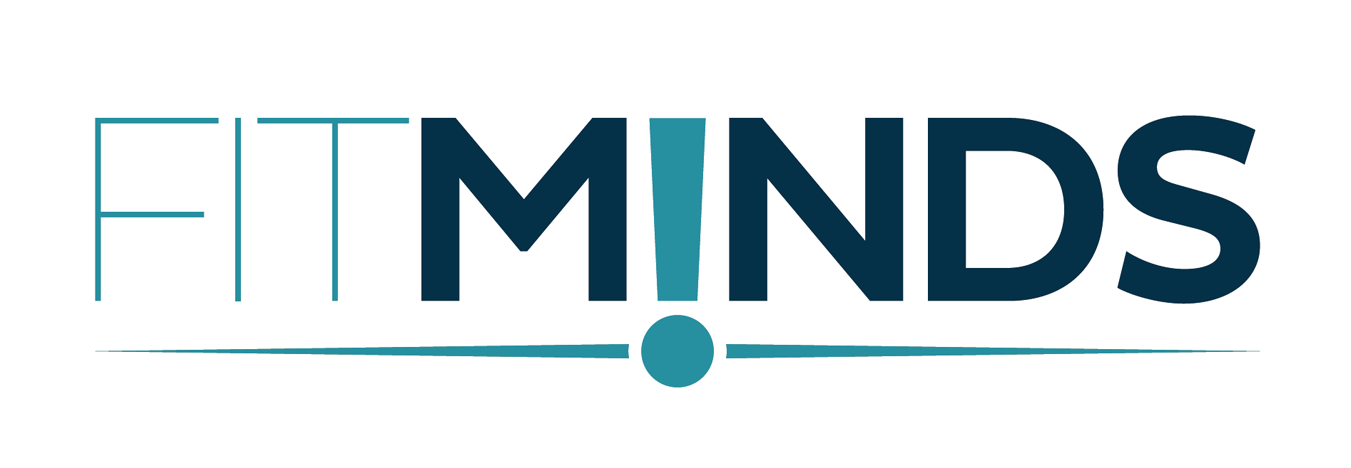Our previous articles on Blue Ocean Strategy were aimed at providing you with the tools necessary to formulate an overall strategy:
- An Introduction to Blue Ocean Strategy
- How to Create New Markets?
- Six Paths Framework
- Three Tiers of Noncustomers
- Buyer Utility Map
- Price Corridor of the Mass
These tools were helpful in making competition irrelevant by creating new markets and capturing the demand on those markets. Now, it’s time to execute. Blue Ocean Strategy provides three tools for successful execution:
- Four Hurdles to Strategy Execution, to classify roadblocks on implementing the strategy.
- Tipping Point Leadership, to determine strategies to overcome hurdles.
- Fair Process, to create people’s buy-in upfront.

1. Four Hurdles to Strategy Execution
Since a Blue Ocean Strategy has a potential to bring radical changes to ongoing business model, successful execution of the transformation might be trickier compared to implementing red ocean strategies. Authors of the Blue Ocean Strategy, W. Chan Kim and Renée Mauborgne, classified roadblocks to strategy execution in four:
-
- The Cognitive Hurdle: This is the problem of getting people to agree on the causes of the problem and the need for a change, that is pulling people out of the status quo.
- The Resource Hurdle: After overcoming the cognitive hurdle, it is a frequent issue that the organization does not have all the resources that is required to create the ideal transformation.
- The Motivational Hurdle: This is the question of how to make majority of the people want the change?
- The Political Hurdle: Some people will believe that the change will have a negative impact on them. Therefore, it is not surprising to see them opposed to the change.
After identifying and classifying the hurdles, Blue Ocaen Strategy offers Tipping Point Leadership to determine your strategy to overcome those hurdles.
2. Tipping Point Leadership
Understanding how to prevail over organizational challenges mentioned above is important for effective implementation of the strategy. Traditional theories of organizational change are focused on transforming the mass of people so efforts are spent for moving this mass. However, this approach requires too many resources and long periods of time.
Tipping Point Leadership offers a reverse approach. Instead of moving the mass, it tries to transform the people, acts, and activities which have disproportionate influence on the performance of the company. In other words, it chooses to use resources more efficiently by focusing them on things which are much more influential than the rest. By this way, it allows you to achieve strategic shift at lower costs.
Below table shows you what type of strategy Tipping Point Leadership offers for respective hurdle types.

3. Fair Process
Although Tipping Point Leadership provides a reasonable approach to overcome Four Hurdles to Strategy Execution, Blue Ocean Strategy offers another approach, Fair Process, which focuses on ensuring the support of people from the beginning. Fair Process starts with the strategy formulation phase by including people in decision making and ends with communicating roles and responsibilities under new strategy.
Blue Ocean Strategy states that there are three main elements that define the Fair Process:
- Engagement: When you are making strategic decisions that will affect people, you should allow them to engage in the decision making process. They should be informed about the reasons for the change and should be able to communicate their ideas regarding the process. By this way, they will be involved in the process and will be more committed in the execution phase.
- Explanation: Anyone who have engaged in decision making and will be affected by the them needs to understand the rationale behind the final decisions. You should them why some inputs are embedded in the final decisions and why some inputs are not. When people feel that they are respected, they will be more willing to support the change.
- Expectation Clarity: After you formulate a new strategy, you should make sure that you clearly explain the new strategy to all affected parties. People need to know what the new rules are and what is expected from them. They should not have any questions in their minds regarding the new strategy. By this way, you will help them focus on implementing the change successfully rather than trying manipulative approaches.
The key point in applying Fair Process is that these three E’s need to be applied together. If any of these is missing, the process will be insufficient.
Conclusion
After formulating your strategy, the next step is the execution. Blue Ocean Strategy states that you will face four types of hurdles during the strategy execution process. Each of these hurdles has its own characteristics and needs to be handled accordingly. To overcoming these hurdles, you can apply the strategy named as Tipping Point Leadership. This approach focuses on transforming the people, acts, and activities which have disproportionate influence on the performance of the company. On the other hand, you should keep in mind that execution starts as early as formulating the strategy. Fair Process makes strategy execution easier by ensuring the support of people with the start of the strategy formulation. In order to implement your strategy successfully, you need to make use of all these tools together.
Contact us to help you formulate and execute a Blue Ocean Strategy successfully.



